In any small business, getting paid on time is a mighty challenge. As I write this, we have 3 clients between 35 and 90 days late on payments. We have worked a lot in the past few years to look for deposits, monthly payment structures etc. But for some of our clients even when they pay in stages or on a monthly retainer, they can’t seem to pay on time. I am turning to gamification to see if we can bring some back in line with expectations.
My accounting software FreeAgent has now started pointing out the ‘rogues’ who are always paying late in their insights section, which gives a good overview of some behaviours over time. It also points out the top sales which typically actually aren’t the late payers.
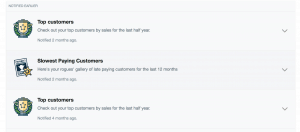
I am sure my business is no different to other small companies on the market, who on occasion have late payers. Thankfully it is not the rule with most clients, but we have some consistent bad guys, which when it becomes time to renew their contract will be presented with the track record which I can now pull from my accounting tool.
The knock on effect of late payments is quite vast, we have suppliers waiting for our payment, which as the owner makes me feel really embarrassed and guilty. We have team members that can’t be paid and families that then suffer as a result. In my case, I typically avoid taking any salary as the director, so that my people get paid, which also isn’t sustainable.
The past 2 months have been a bit of challenge in this department to the extent that we started giving money off to people who were willing to settle their bills upfront. It made me think of ways of gamifying the payment cycle from the moment you invoice.
Here are some ideas I am considering to improve prompt payments, this financial year (it just started on the 1st of August for us). Oh and just so you know, we already have a 50% deposit upfront in place and monthly retainer plans.
-
-
- On the invoice, indicate that 90% of our clients pay promptly and encourage them to do the same
- When they pay on receipt, send a top client badge or Giphy to say thank you for prompt payment
-
- When they pay within the payment terms, again a heartfelt thank you, maybe a bit more toned down
-
- For the first reminder after payment terms have been exceeded include a note to say that they are now in the 10% of slow payers and considered rogues by my accounting software
- For the second reminder, after payment terms have been exceeded, a note included that they are now potentially creating knock-on effects for staff and suppliers and families being affected
- For the third reminder, a note to congratulate them that they have hit the top spot in the all-time bad paying client leaderboard
- For the fourth reminder, something similar to the above, but with an image like this:
-
- For the subsequent reminders, we inform them we will stop the work and undo what we have done until payment has been received.
- For the final reminder, before we take it to legal letters, something to state that they have left us no choice but to send in the legal people to come for our money
- I did also consider a top bad payer name and shame list in the form of a leaderboard that is public on our site, but not sure if I would break any laws by doing that.
All joking aside, I am serious about implementing some of these to see if it will make a difference. If you have tried similar tactics, I would love to hear from you how it has worked and which ones work best. Oh, and if you have any holiday ideas on a £6 budget let me know 😉 too.
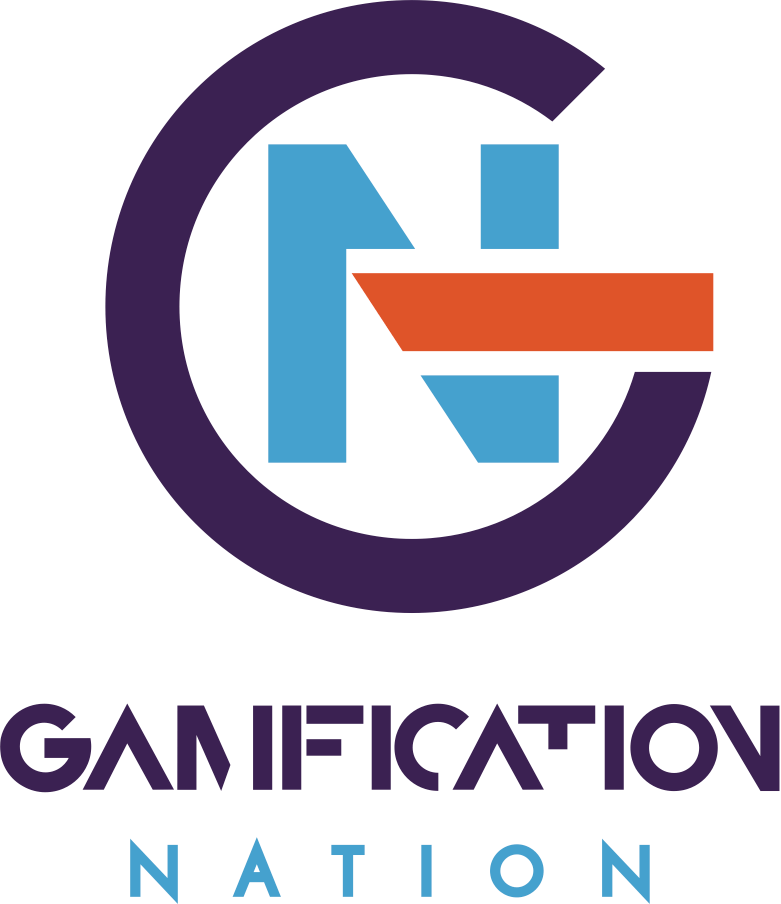


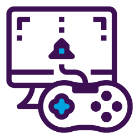
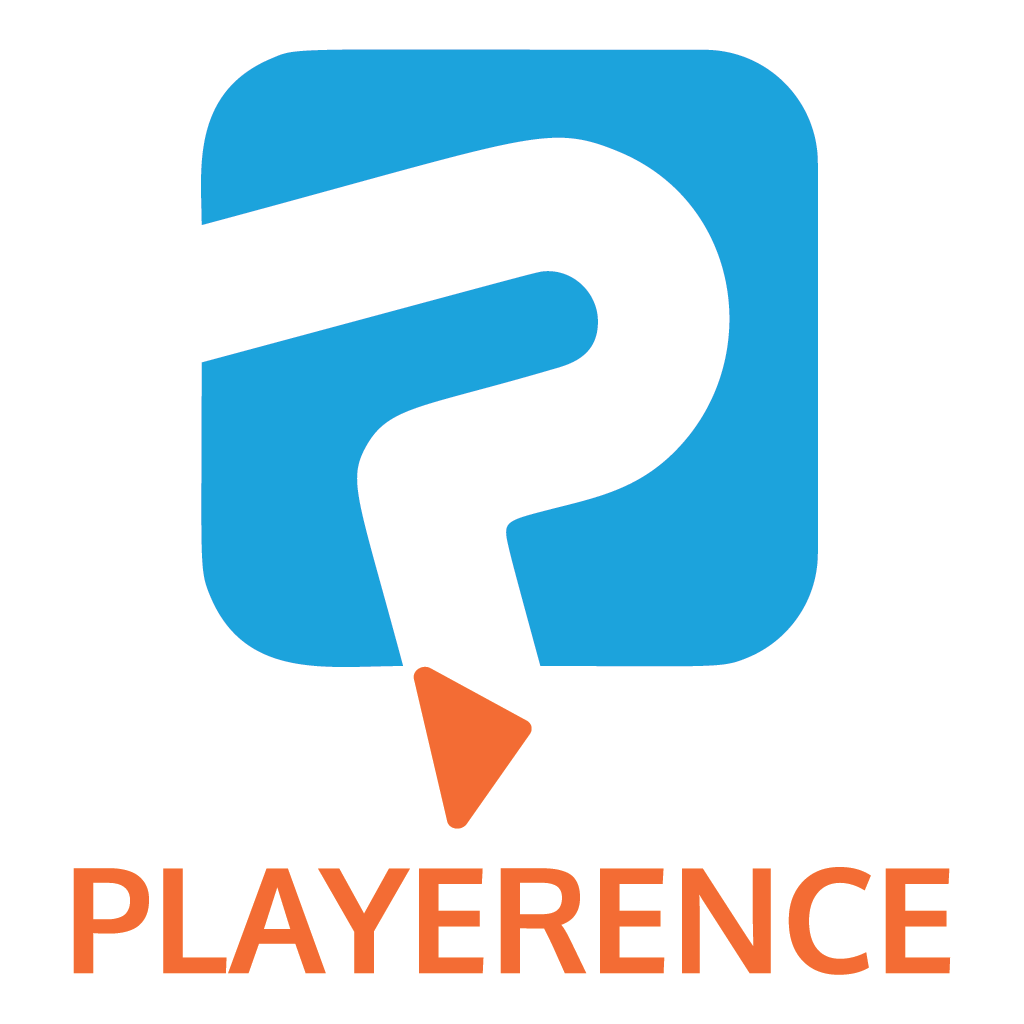
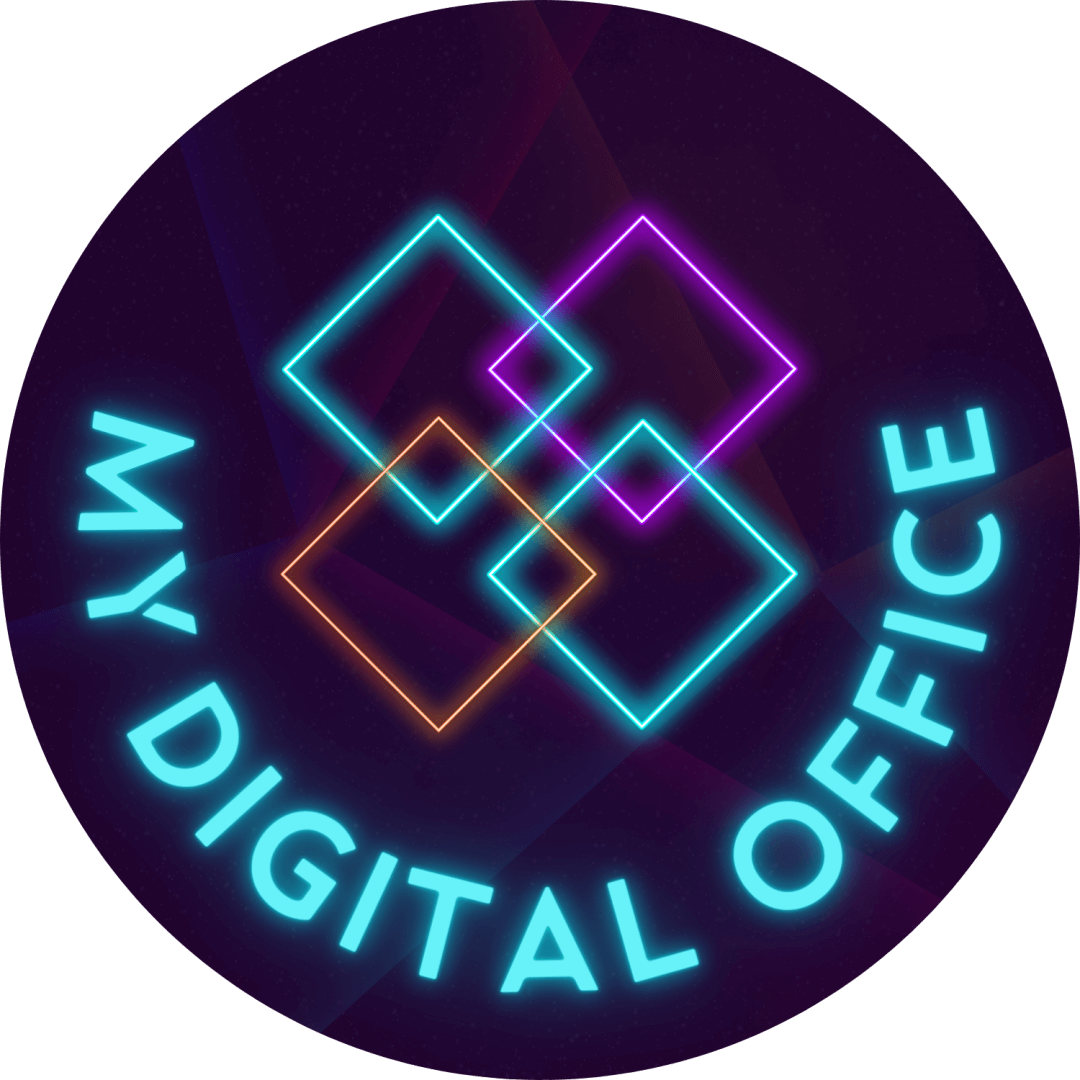
We always ask for feedback after a course completion, and we do get feedback, minimum 1 ?
So I tried may be something similar to the videos below changing the wording from “your opinion counts …blabla“ to “boldly and courageously we plunge into the adventure asking you for your feedback….“ We got 20 times more feedback by simply starting to use a narrative. Is that gamification? I would doubt about it. We test it again to see if there is really a link …
Narrative for more story driven games is definitely considered a game element. It is often core to the story the game is telling through visuals and gameplay and if word based, then the narrative does matter.